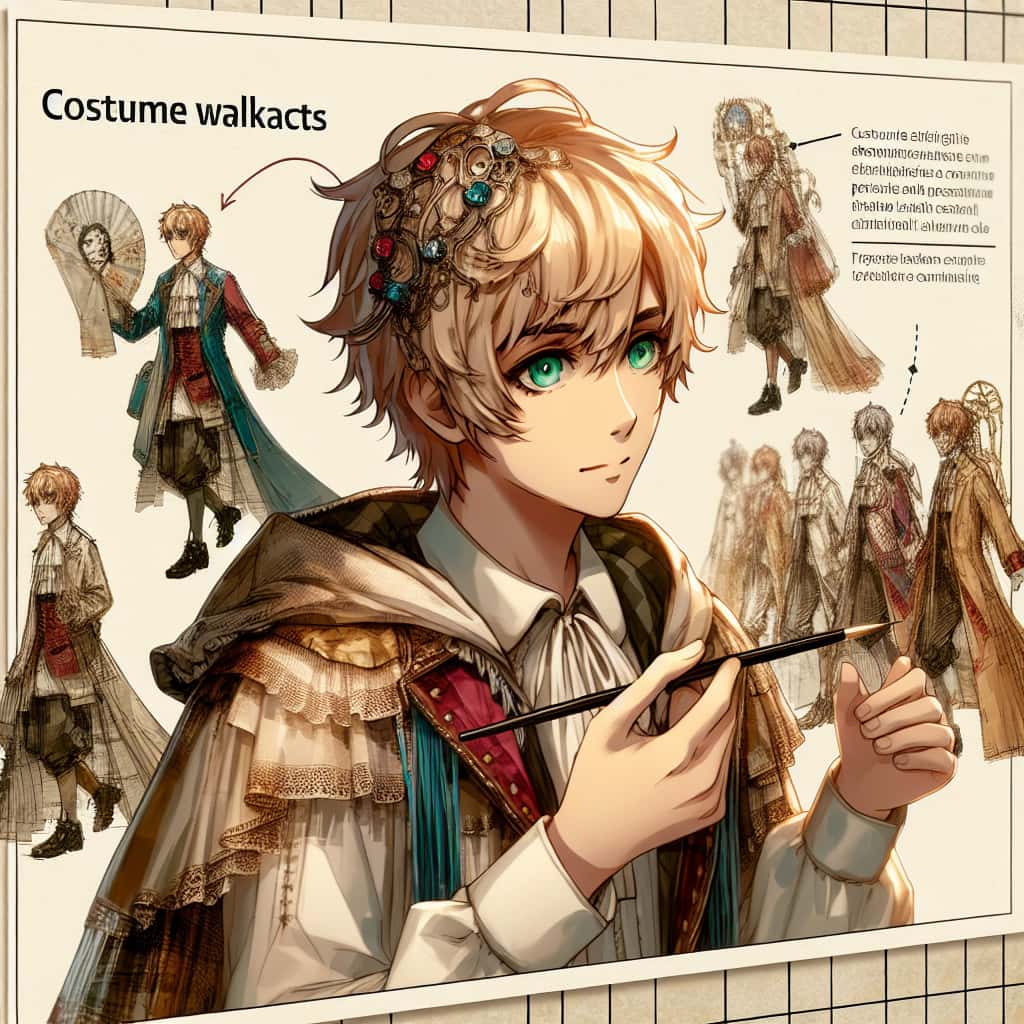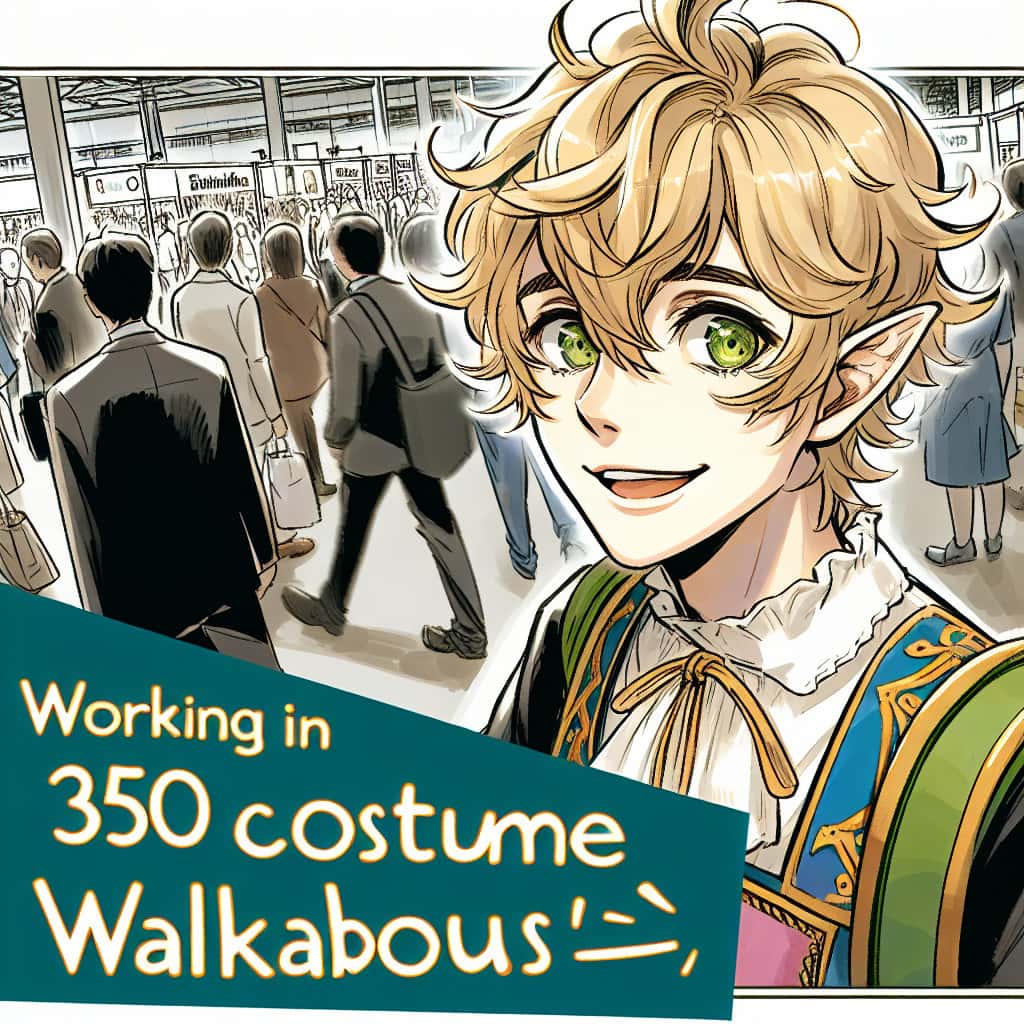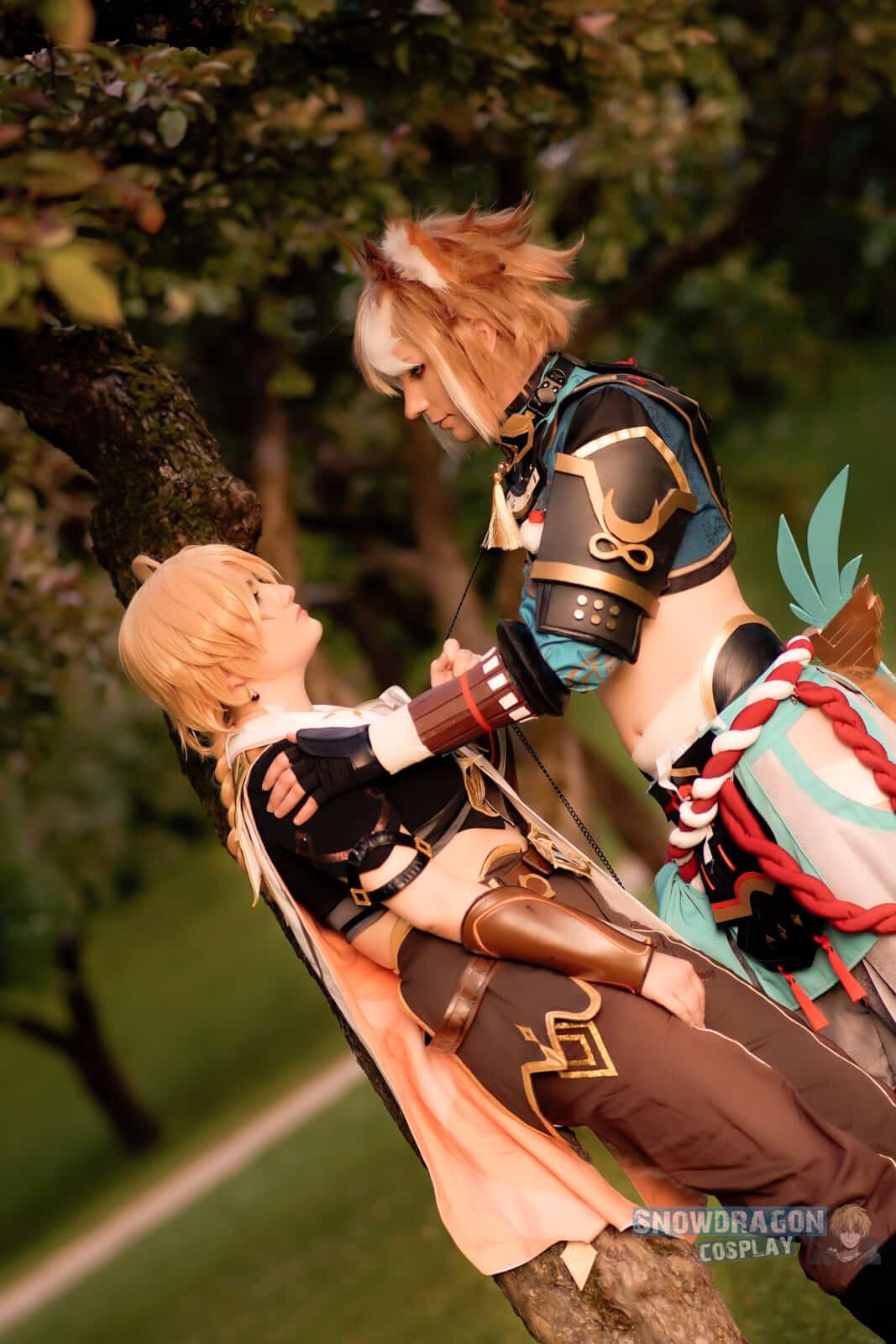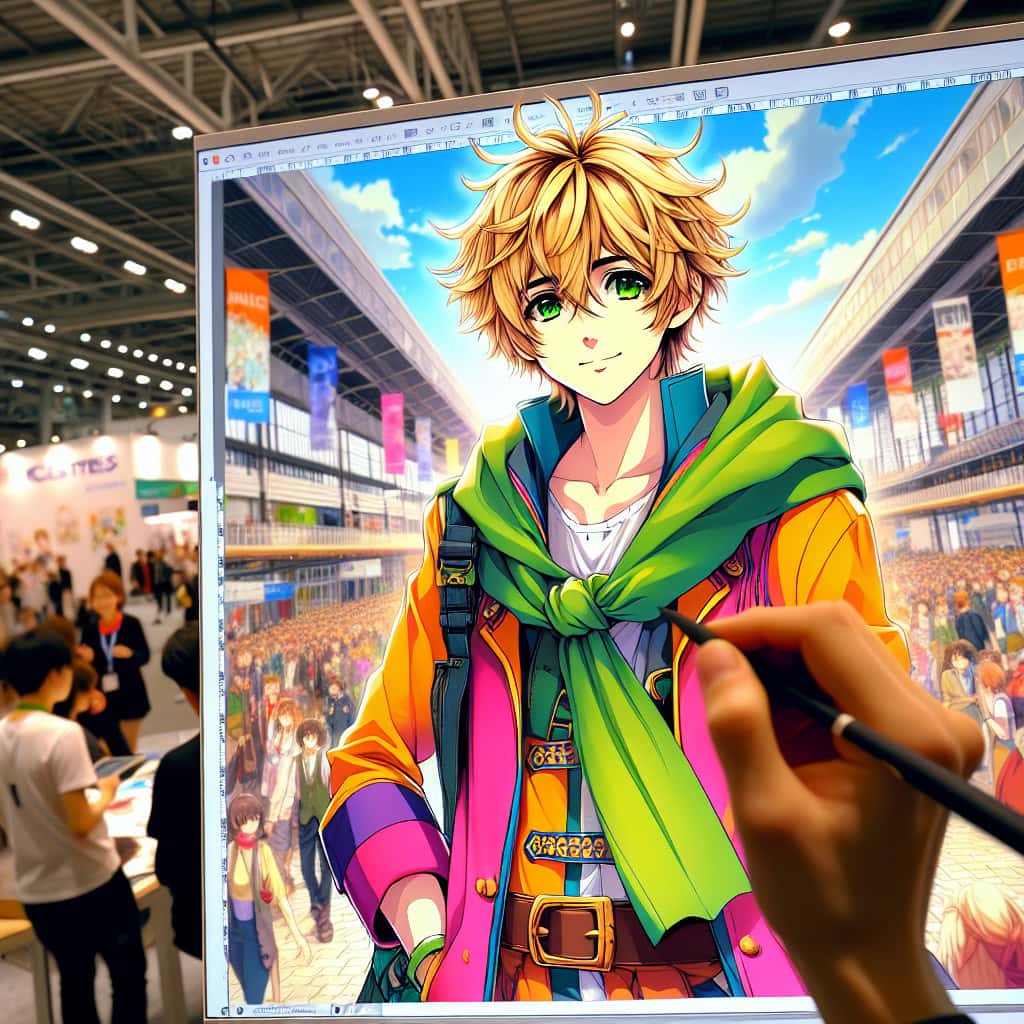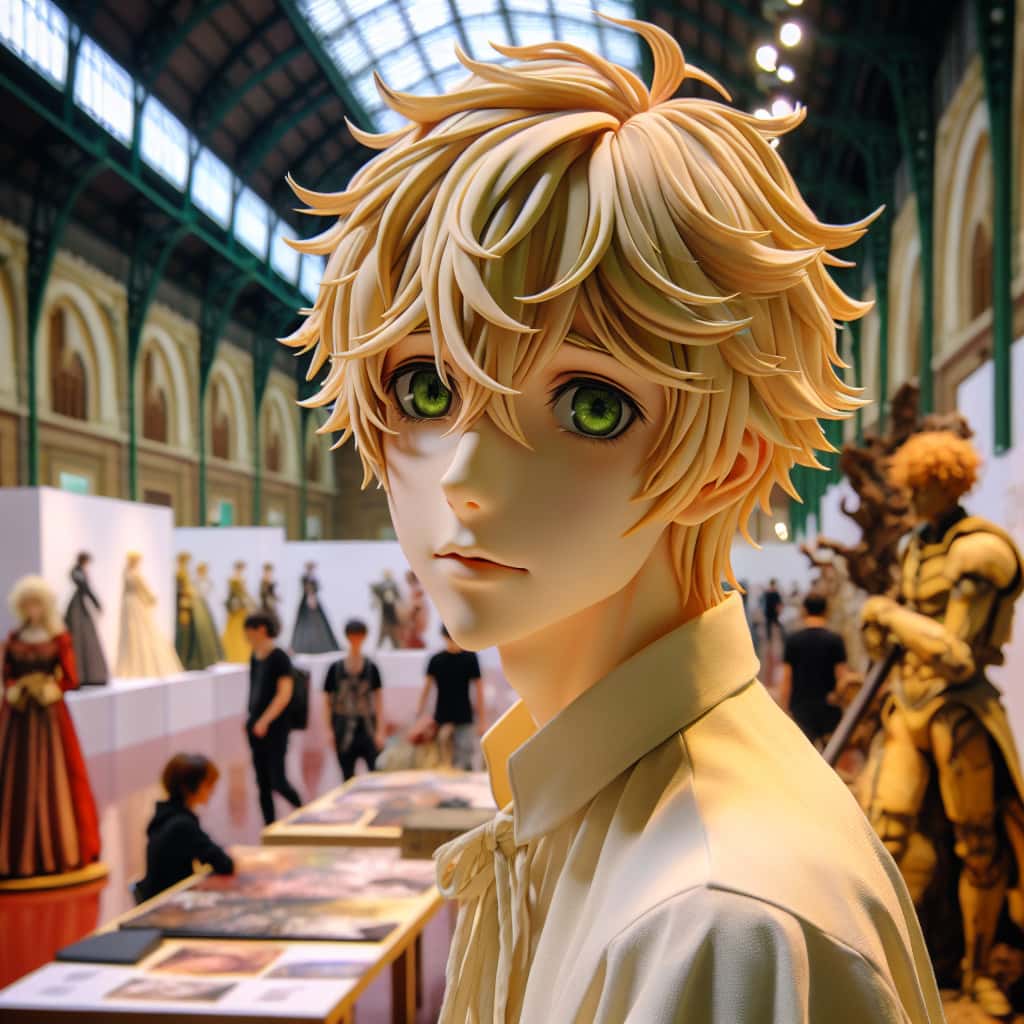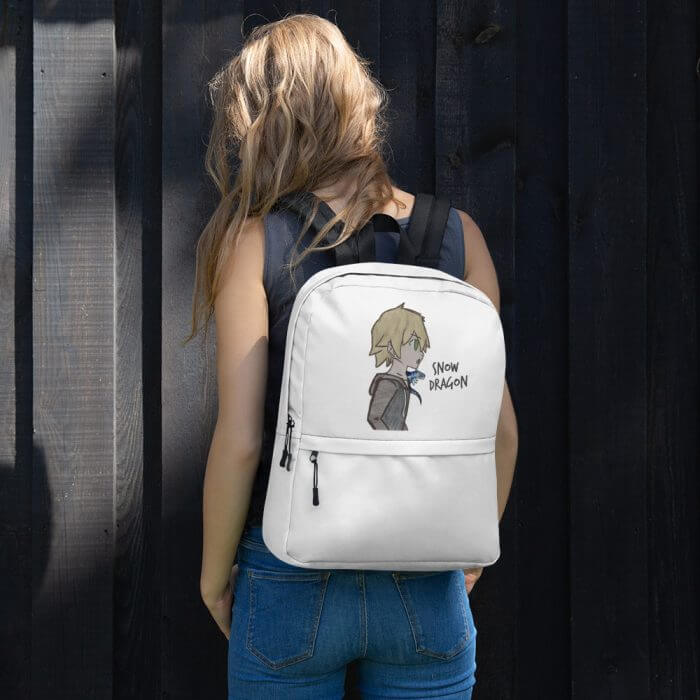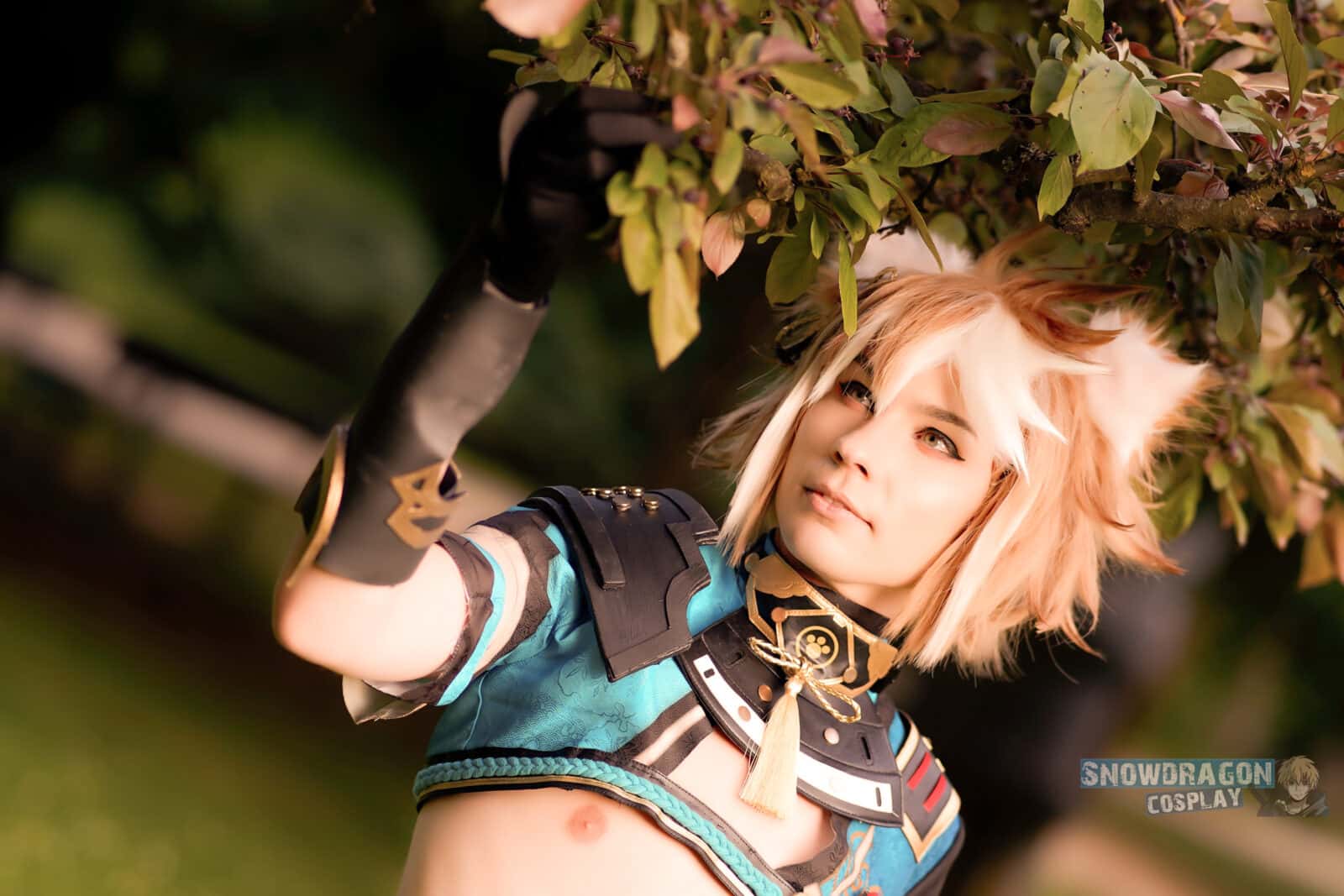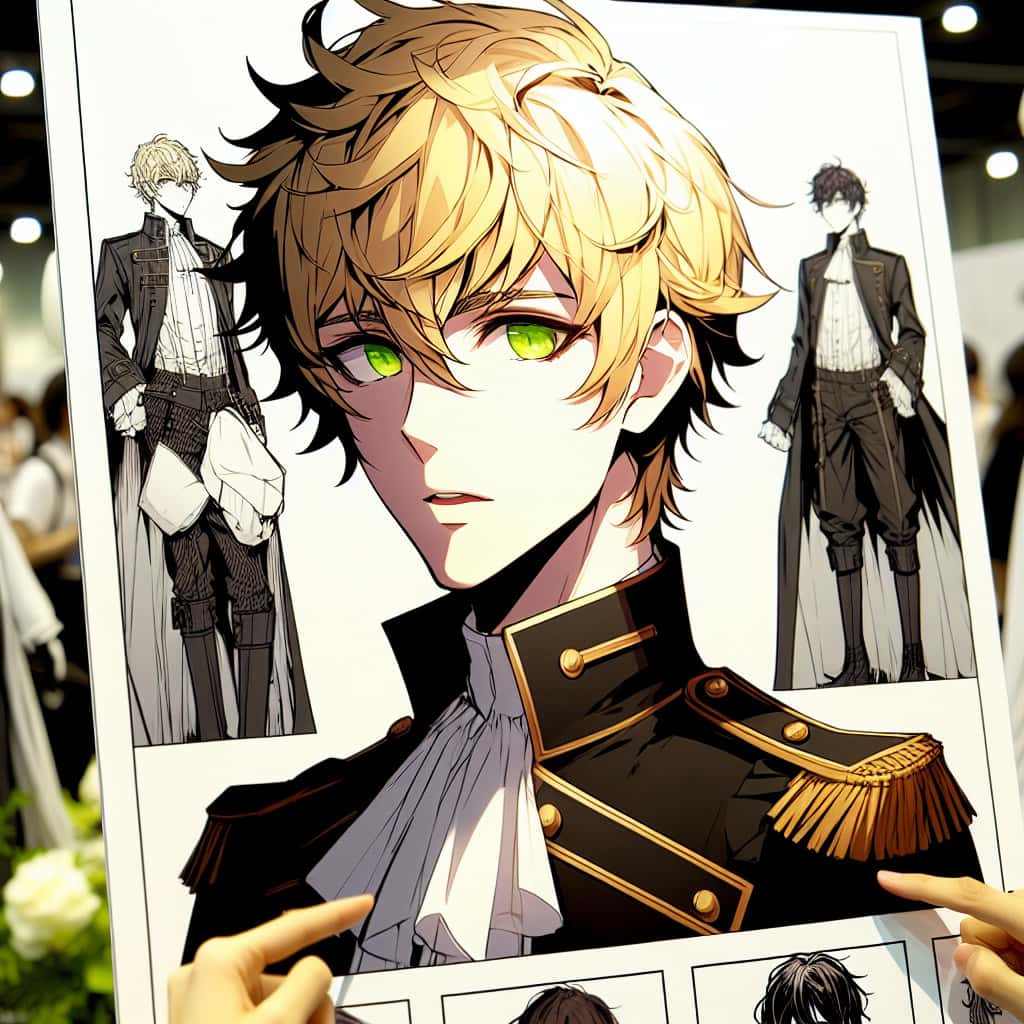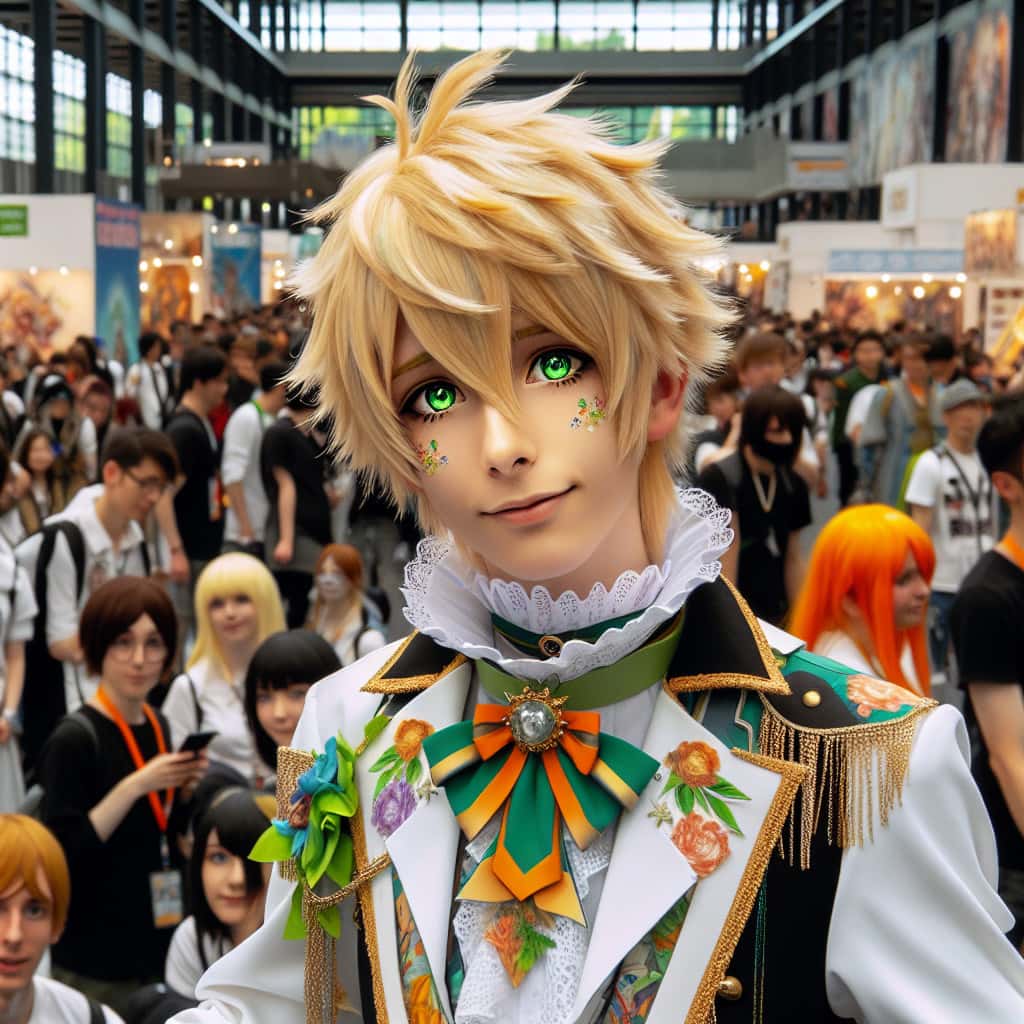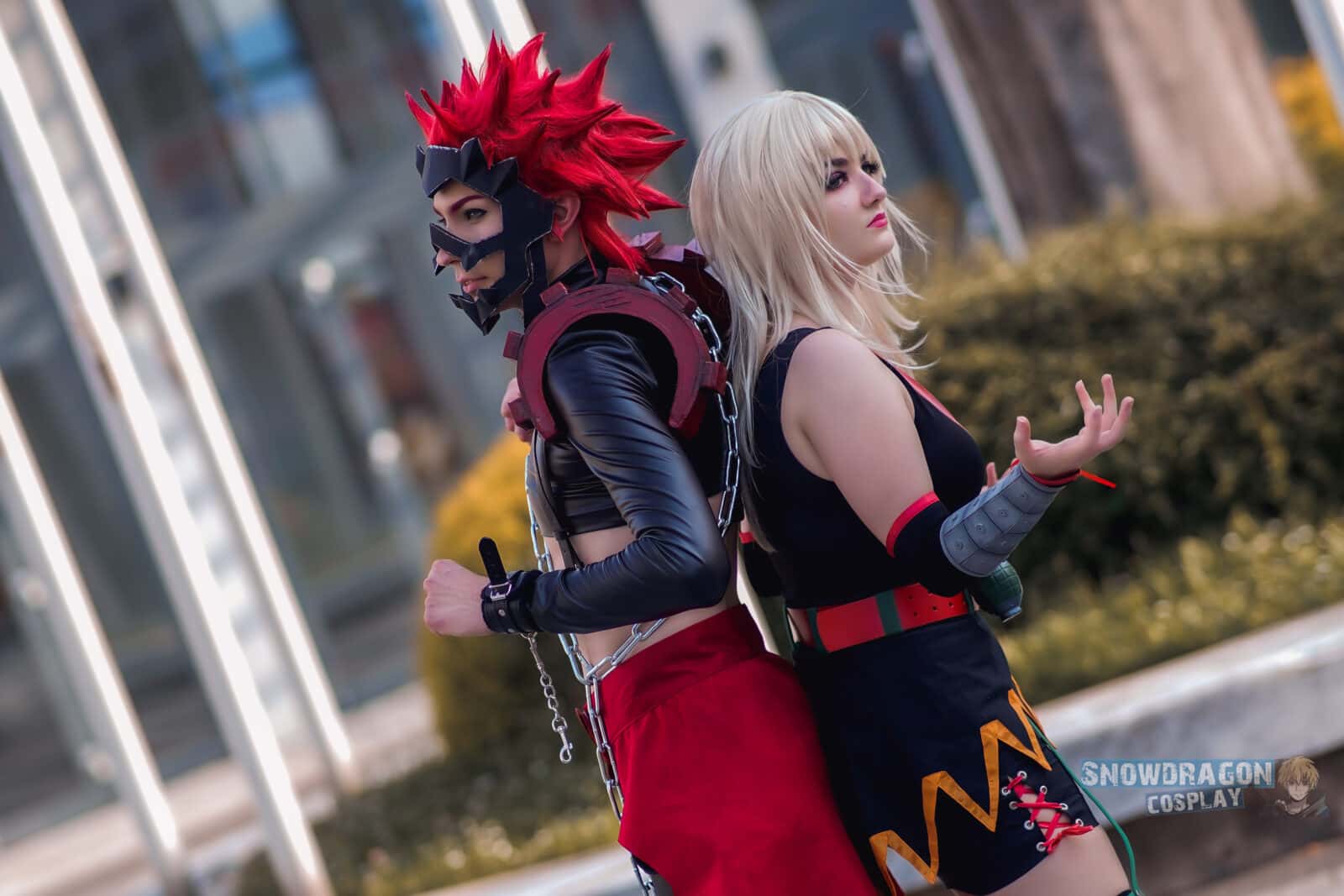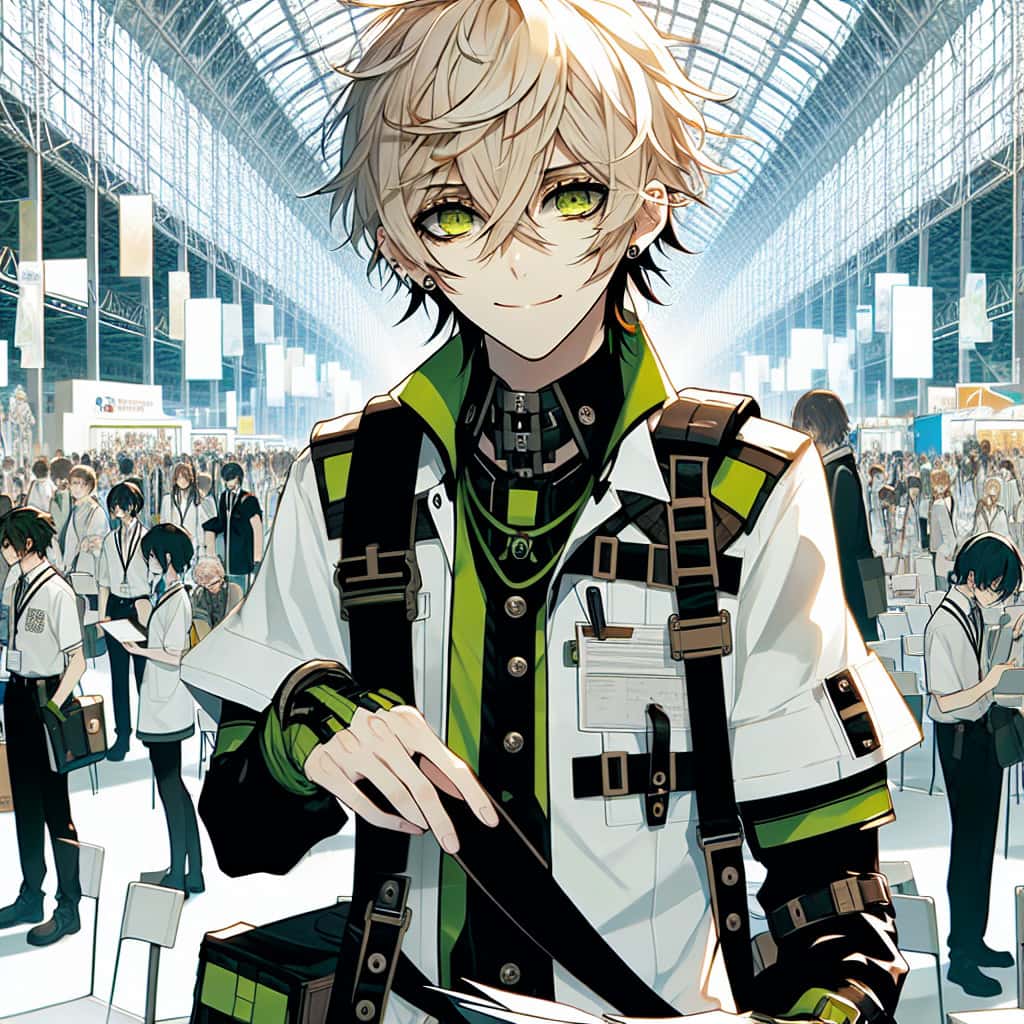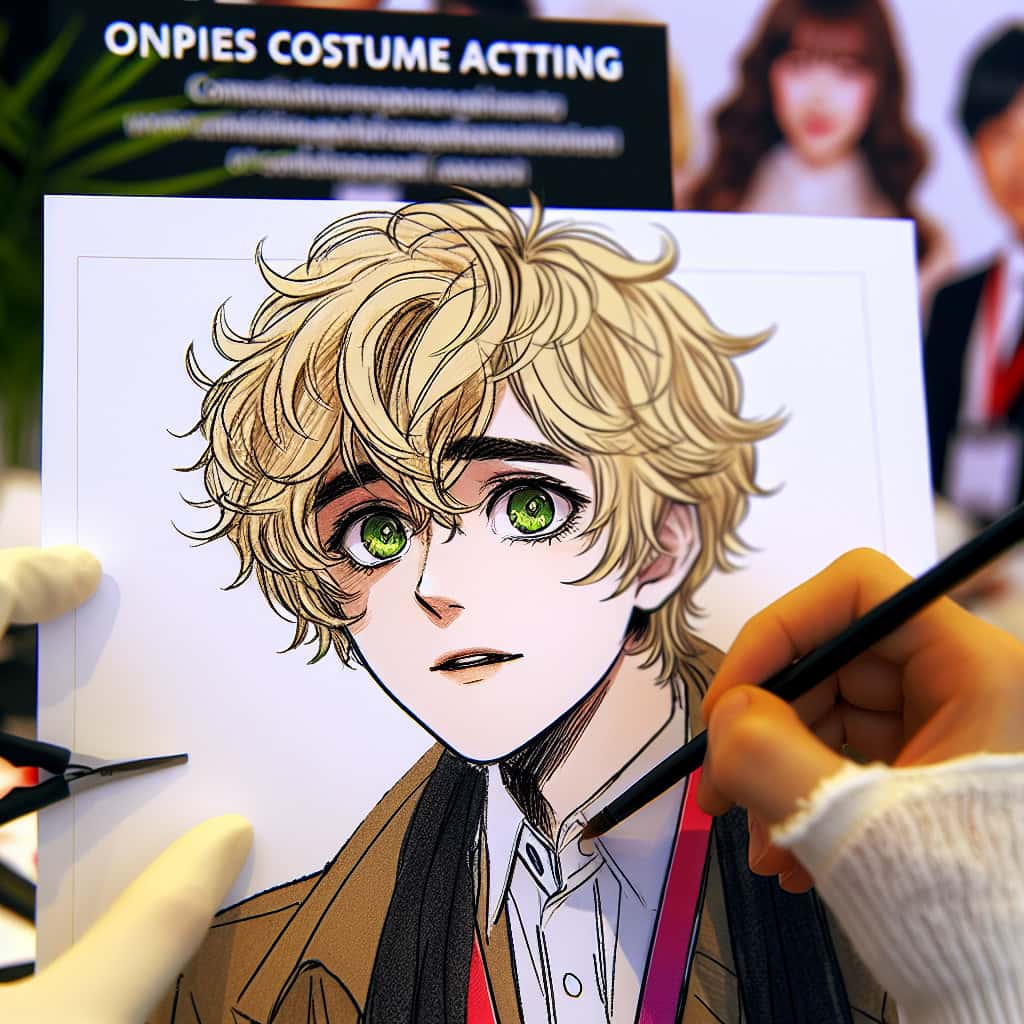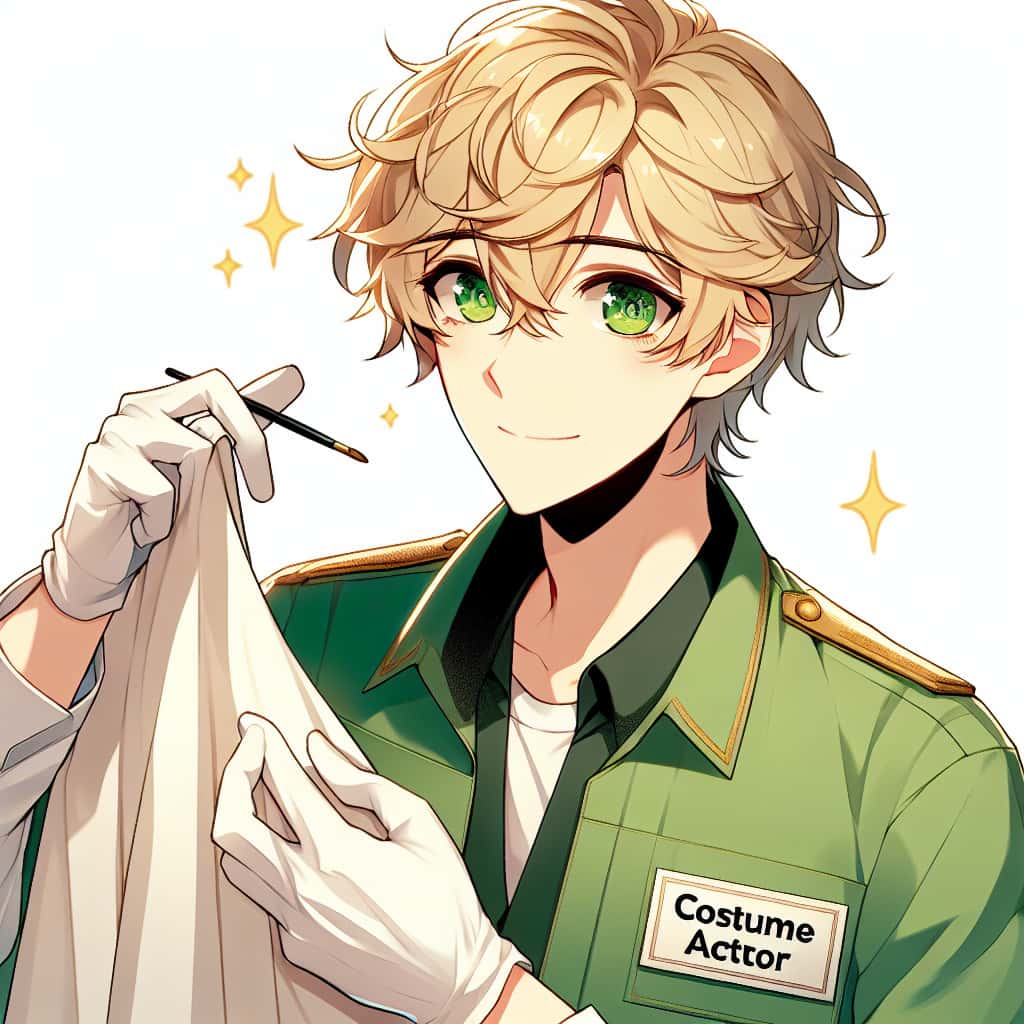
[Sassy_Follow_Icons]
1. When did superhero costumes first become popular?
Superhero costumes first became popular in the early 20th century with the rise of comic books. The first superhero to don a costume was Superman, who made his debut in Action Comics #1 in 1938. His iconic blue suit with a red cape and “S” symbol set the standard for future superhero costumes. Other superheroes quickly followed suit, adopting colorful and distinctive costumes that reflected their powers and personas.
Superhero costumes gained even more popularity in the 1960s with the emergence of Marvel Comics and characters like Spider-Man, Iron Man, and the X-Men. These characters introduced more intricate designs and unique elements to their costumes, further fueling the fascination with superhero fashion.
2. What was the earliest known superhero costume?
The earliest known superhero costume can be traced back to 1936 when Lee Falk created The Phantom, also known as “The Ghost Who Walks.” The Phantom wore a skintight purple suit adorned with a mask, gloves, and boots. This simple yet striking costume set the foundation for future superhero attire.
[publishpress_authors_box layout="ppma_boxes_890427"]
The Phantom’s costume was designed to strike fear into criminals while concealing his true identity as Kit Walker. Its color scheme represented mystery and power, making it an influential design that would inspire many future superheroes.
3. How have superhero costumes evolved over time?
Over time, superhero costumes have evolved from simple spandex suits to elaborate ensembles that reflect changing cultural trends and storytelling needs. Here are some key developments:
1. Modernization: As comics entered the digital age, costumes became sleeker and more practical for combat or acrobatics.
2. Darker Tones: In response to grittier storylines in the 1980s and beyond, many heroes adopted darker colors like black or gray.
3. Symbolism: Costumes began incorporating more symbolic elements, such as Batman’s bat emblem representing his fear-inducing persona.
4. Gender Representation: Female superheroes received updated costumes that emphasized strength and individuality, moving away from overly sexualized designs.
5. Realism: In recent years, some heroes have adopted costumes with a more realistic aesthetic, resembling tactical gear or armor.
These changes reflect the evolving tastes of readers and the desire to create visually striking characters that resonate with contemporary audiences.
4. Which superhero costume is considered the most iconic?
While opinions may vary, one superhero costume that is widely regarded as the most iconic is Superman’s suit. The combination of blue spandex, a red cape, and the unmistakable “S” symbol on his chest has become synonymous with heroism itself.
Superman’s costume represents hope, power, and justice. Its simplicity allows for easy recognition across cultures and generations. Whether it’s on a comic book page or in a blockbuster film, seeing that red cape billowing in the wind immediately evokes images of strength and heroism.
Other contenders for iconic superhero costumes include Batman’s black suit with a bat emblem and Spider-Man’s red and blue suit with web patterns. These costumes have also left an indelible mark on popular culture, but Superman’s timeless design continues to hold a special place in the hearts of fans worldwide.
5. Can you explain the significance of different colors in superhero costumes?
The colors used in superhero costumes play a crucial role in conveying their personality traits, powers, and overall symbolism. Here are some common color associations:
1. Red: Often associated with passion, energy, and courage. It can represent power (Superman), speed (The Flash), or even danger (Daredevil).
2. Blue: Symbolizes stability, trustworthiness, and calmness. Characters like Captain America or Superman wear blue to convey a sense of reliability and righteousness.
3. Black: Evokes mystery, darkness, and strength. Batman’s black suit represents his vigilante nature and his ability to strike fear into criminals.
4. Green: Frequently associated with growth, rebirth, and nature. Characters like Green Lantern or the Hulk use green to represent their connection to cosmic or natural forces.
5. Yellow/Gold: Often signifies wealth, wisdom, or enlightenment. Characters like Iron Man or Wonder Woman incorporate yellow/gold elements to showcase their status as powerful heroes.
These color choices are deliberate and help visually communicate the essence of a superhero’s character and abilities.
6. What materials are commonly used to make superhero costumes?
Superhero costumes can be made from a variety of materials depending on the desired look, comfort, and practicality. Some common materials used include:
1. Spandex/Lycra: These stretchy fabrics are popular for creating form-fitting suits that allow for flexibility and ease of movement.
2. Leather/Pleather: Often used for creating more rugged or armored looks, leather provides durability while pleather offers a vegan alternative.
3. Foam/EVA Foam: Used for crafting armor pieces or adding dimension to costumes, foam is lightweight and easy to shape.
4. Polyester/Cotton Blends: These fabrics are often used for capes, cloaks, or other flowing elements that require draping.
5. PVC/Vinyl: Ideal for creating shiny or glossy finishes on certain costume elements like boots or gloves.
Cosplayers often experiment with different materials to achieve the desired aesthetic while considering factors such as breathability, durability, and ease of maintenance.
7. Have there been any controversial or criticized superhero costumes?
Yes, there have been several instances where superhero costumes have faced criticism or controversy due to various reasons such as impracticality, gender representation issues, or cultural insensitivity. Here are a few notable examples:
1. Wonder Woman’s Pants: In 2010, DC Comics redesigned Wonder Woman’s iconic costume by adding pants instead of her traditional briefs. This decision sparked debate among fans who felt it deviated too far from her classic look.
2. Starfire’s Costume: Starfire’s costume in the New 52 reboot of DC Comics received criticism for its overly sexualized design, which many felt objectified the character.
3. Psylocke’s Cultural Appropriation: Psylocke, an X-Men character, has faced criticism for appropriating Asian culture with her Japanese-inspired ninja costume and backstory.
These controversies highlight the importance of thoughtful and respectful costume design that considers diverse perspectives and avoids perpetuating harmful stereotypes.
8. How do superheroes choose their alter-ego names to match their costumes?
The process of choosing an alter-ego name that matches a superhero’s costume can vary depending on the character and their backstory. Here are a few common approaches:
1. Symbolic Meaning: Some heroes select names that reflect their powers or abilities. For example, Spider-Man chose his name because he gained spider-like powers after being bitten by a radioactive spider.
2. Alliteration: Many superheroes have names with alliterative sounds to make them memorable and catchy, such as Peter Parker (Spider-Man) or Bruce Banner (Hulk).
3. Animal-Inspired Names: Heroes like Batman or Black Panther adopt animal-themed names to convey certain qualities associated with those animals (e.g., stealth or strength).
4. Puns/Wordplay: Some heroes use puns or wordplay in their alter-ego names for comedic effect or to add an element of cleverness to their identity.
Ultimately, the choice of an alter-ego name is often influenced by factors like marketing appeal, audience recognition, and narrative coherence within the superhero’s world.
9. Are there any famous designers or artists known for creating superhero costumes?
Yes, there are several renowned designers and artists who have made significant contributions to the world of superhero costume design. Here are a few notable names:
1. Jack Kirby: Known as one of the most influential comic book artists, Kirby co-created many iconic superheroes and their costumes, including Captain America and the Fantastic Four.
2. Edna Mode (fictional): While not a real designer, Edna Mode from “The Incredibles” is a beloved character known for her memorable catchphrase, “No capes!” She represents the satirical side of superhero fashion.
3. Alex Ross: Ross is an acclaimed artist known for his realistic and painterly style. His work on characters like Superman and Batman has reimagined their costumes with intricate details and textures.
4. Jim Lee: A celebrated comic book artist, Lee has contributed to numerous superhero designs during his tenure at Marvel and DC Comics. His dynamic style has influenced the look of characters like Wolverine and Batman.
These designers and artists have left a lasting impact on the visual representation of superheroes, shaping their iconic looks that continue to inspire cosplayers and fans alike.
10. Have any superheroes changed their costumes significantly throughout their comic book history?
Yes, many superheroes have undergone significant costume changes throughout their comic book history for various reasons such as story developments, reboots, or simply to freshen up their appearance. Here are a few examples:
1. Spider-Man: Over the years, Spider-Man has had multiple costume changes ranging from minor alterations in web patterns to complete redesigns like the black symbiote suit or the high-tech suit seen in recent films.
2. Iron Man: Tony Stark’s Iron Man armor has evolved from its classic red-and-gold design to sleeker versions with different color schemes or modular components.
3. Wonder Woman: Wonder Woman’s costume has seen numerous revisions, with changes in the style and length of her skirt, as well as modifications to her top and accessories.
4. Batman: Batman’s iconic suit has undergone various updates, from the classic gray-and-black design to more armored or tactical looks, reflecting different interpretations of the character.
These costume changes often reflect shifting creative directions or attempts to keep characters visually fresh while staying true to their core identities.
11. Do superheroes wear different costumes for specific storylines or events?
Yes, superheroes often wear different costumes for specific storylines or events to reflect narrative changes or adapt to unique circumstances. Here are a few instances:
1. Crossover Events: During major crossover events like “Civil War” or “Infinite Crisis,” heroes may temporarily don new costumes that align with the event’s themes or factions.
2. Alternate Realities: When stories explore alternate realities or timelines, characters may be depicted in different costumes to signify these divergent paths.
3. Milestone Issues: Significant milestones like anniversary issues often feature heroes wearing special commemorative costumes designed explicitly for those occasions.
4. Team Uniforms: Superhero teams like the X-Men or Justice League sometimes adopt uniform outfits that showcase their unity and brand identity.
These temporary costume changes add variety and excitement to comic book storylines while allowing artists and writers to explore new visual possibilities.
12. How do practical considerations, such as mobility and comfort, influence superhero costume designs?
Practical considerations like mobility and comfort play a crucial role in superhero costume designs, ensuring that characters can perform their heroic feats without hindrance. Here’s how these factors influence design choices:
1. Flexibility: Superhero costumes are often made from stretchy materials like spandex or lycra to allow for maximum movement during action sequences or acrobatics.
2. Breathability: Costumes may incorporate breathable fabrics or mesh panels to prevent overheating during intense physical activity.
3. Reinforcements: Areas prone to wear and tear, such as knees or elbows, may be reinforced with additional padding or durable materials to enhance longevity.
4. Ergonomics: Designers consider how the costume fits the character’s body shape and proportions, ensuring it doesn’t restrict movement or cause discomfort.
5. Practical Accessories: Functional accessories like utility belts or pockets can provide storage for gadgets or tools, enhancing a superhero’s preparedness.
By balancing style with practicality, costume designers aim to create outfits that not only look visually appealing but also allow superheroes to perform their heroic duties effectively.
13. Are there any cultural or regional influences on superhero costume designs?
Yes, cultural and regional influences have played a significant role in shaping superhero costume designs over time. Here are a few examples:
1. Japanese Influence: Japanese manga and anime have influenced numerous Western superhero designs, evident in characters like Psylocke (X-Men) with her ninja-inspired outfit.
2. Norse Mythology: Characters like Thor draw inspiration from Norse mythology, incorporating elements like Viking-inspired armor and weaponry into their costumes.
3. Americana Symbolism: Many American superheroes’ costumes feature patriotic colors like red, white, and blue as a nod to national identity and values.
4. Cultural Representation: In recent years, there has been a push for greater diversity in superhero comics, resulting in characters from various cultural backgrounds having costumes that reflect their heritage.
These cultural influences enrich the world of superheroes by adding depth and diversity to their visual representation while honoring different traditions and mythologies.
14. Can you discuss the role of gender in superhero costume designs and how it has evolved over time?
The role of gender in superhero costume designs has evolved significantly over time as societal attitudes towards gender representation have changed. Here are some key developments:
1. Early Stereotypes: In the early days of comics, female superheroes often wore revealing and impractical outfits that emphasized their sexuality rather than their abilities (e.g., Wonder Woman’s original costume).
2. Empowerment and Practicality: In response to criticism, there has been a shift towards more practical and empowering designs for female superheroes, with costumes that prioritize functionality without sacrificing style.
3. Diverse Body Types: Modern superhero costume designs aim to represent a broader range of body types, challenging traditional beauty standards and promoting body positivity.
4. Gender-Neutral Designs: Some characters have adopted gender-neutral or non-binary costume designs to reflect a more inclusive approach to gender representation (e.g., Loki).
These changes reflect a growing recognition of the importance of diverse and respectful representation in superhero comics, allowing readers of all genders to connect with characters on a deeper level.
15. Is there a market for replica or collectible versions of superhero costumes?
Absolutely! The market for replica or collectible versions of superhero costumes is thriving among cosplayers, collectors, and fans alike. Here’s why:
1. Cosplay Enthusiasts: Many cosplayers strive for accuracy when recreating their favorite superheroes’ looks, leading them to seek out high-quality replica costumes that closely resemble the originals.
2. Collectors’ Items: Authentic or limited-edition replica costumes can be highly sought after by collectors who appreciate the craftsmanship and rarity associated with these items.
3. Fan Memorabilia: Replica costumes serve
1. When did superhero costumes first become popular?
Early Origins
The popularity of superhero costumes can be traced back to the early 20th century, with the emergence of comic books and pulp magazines. These publications featured characters with extraordinary abilities and distinctive outfits that helped them stand out from ordinary individuals. However, it wasn’t until the late 1930s and early 1940s that superhero costumes truly gained widespread popularity.
The Golden Age of Superheroes
During the Golden Age of superheroes, which spanned from the late 1930s to the mid-1950s, iconic characters like Superman, Batman, and Wonder Woman were introduced to the world. Their colorful and eye-catching costumes became an essential part of their identity and played a significant role in capturing readers’ imaginations.
2. What was the earliest known superhero costume?
The Phantom’s Purple Suit
The earliest known superhero costume is believed to be that of “The Phantom,” created by Lee Falk in 1936. The Phantom’s costume consisted of a skintight purple suit adorned with a black mask and gloves. This simple yet striking design set the precedent for future superheroes by incorporating elements that emphasized both mystery and power.
3. How have superhero costumes evolved over time?
The Evolution of Style
Superhero costumes have undergone significant transformations throughout history. In their early days, costumes were often simplistic, featuring bold primary colors and basic designs. As comic book storytelling evolved, so did costume designs. Characters like Spider-Man introduced more intricate patterns and web-like motifs.
Modern Adaptations
In recent years, superhero costume designs have become more realistic and reflective of the characters’ personalities and backgrounds. Costumes now incorporate elements of technology, such as Iron Man’s high-tech armor, while still maintaining the iconic visual traits that make superheroes instantly recognizable.
4. Which superhero costume is considered the most iconic?
The Symbol of Superman
When it comes to iconic superhero costumes, few can rival the timeless design of Superman’s outfit. The blue bodysuit with a red cape and the unmistakable “S” symbol on his chest has become synonymous with the superhero genre itself. Superman’s costume represents strength, hope, and justice, making it an enduring symbol in popular culture.
5. Can you explain the significance of different colors in superhero costumes?
Symbolism Through Colors
In superhero costume design, colors play a crucial role in conveying character traits and themes. For example:
- Red: Often associated with power, energy, and passion. It can represent bravery and determination.
- Blue: Symbolizes stability, trustworthiness, and calmness. It can evoke a sense of reliability or righteousness.
- Black: Commonly used to portray mystery, sophistication, or darkness. It can signify strength or stealth.
- Yellow/Gold: Represents optimism, intellect, or wealth. It can convey a sense of heroism or nobility.
6. What materials are commonly used to make superhero costumes?
Fabrics for Superhero Attire
The choice of materials for creating superhero costumes varies depending on factors such as comfort, durability, and desired aesthetic appeal. Some commonly used materials include:
- Spandex/Lycra: These stretchy fabrics are favored for their ability to provide a tight fit while allowing freedom of movement.
- Leather: Often used for characters with a more rugged or edgy persona, leather offers durability and a distinctive look.
- Foam and Rubber: These materials are utilized to create intricate armor pieces or muscle padding, adding depth and texture to costumes.
- Nylon: Frequently employed for capes or outer layers, nylon provides lightweight and flowing properties.
7. Have there been any controversial or criticized superhero costumes?
The Infamous Batman Nipples
In the world of superhero costumes, there have been instances where designs faced backlash from fans and critics alike. One notable example is the controversial costume worn by Batman in the film “Batman & Robin” (1997). The inclusion of anatomically shaped nipples on the Batsuit drew widespread criticism for its unnecessary sexualization of the character.
8. How do superheroes choose their alter-ego names to match their costumes?
The Power of Symbolism
The selection of an alter-ego name often goes hand in hand with designing a superhero costume. Superheroes aim to create identities that align with their abilities, ideals, or personal history. For instance, Spider-Man’s real name is Peter Parker, reflecting his arachnid-like powers and agility. The combination of a well-thought-out alias and a visually cohesive costume helps establish a complete superhero persona.
9. Are there any famous designers or artists known for creating superhero costumes?
While superhero costumes are typically associated with comic book artists and designers, there have been instances of fictional characters known for their contributions to costume design. One notable example is the character Edna Mode from Pixar’s “The Incredibles” (2004). Edna is a renowned fashion designer who creates functional and stylish costumes for superheroes, emphasizing the importance of practicality and individuality in costume design.
10. Have any superheroes changed their costumes significantly throughout their comic book history?
The Ever-Evolving Batman
One superhero known for his numerous costume changes is Batman. Over the years, Batman’s iconic black and gray suit has undergone various alterations to reflect different storylines, technological advancements, or artistic interpretations. From the classic yellow oval around the Bat symbol to sleeker armored designs, Batman’s costume evolution showcases the character’s adaptability and versatility.
11. Do superheroes wear different costumes for specific storylines or events?
Special Attire for Special Occasions
Yes, superheroes often don different costumes for specific storylines or significant events within their respective universes. These alternate outfits can serve narrative purposes such as disguise, enhanced abilities, or representing character growth. Examples include Superman’s black suit during “The Death and Return of Superman” storyline or Spider-Man’s symbiote suit during the “Venom” arc.
12. How do practical considerations, such as mobility and comfort, influence superhero costume designs?
Balancing Style and Functionality
To ensure that superheroes can perform their heroic feats effectively, practical considerations play a vital role in costume design. Designers strive to strike a balance between style and functionality by incorporating features like:
- Flexible Fabrics: Superheroes require a wide range of movement, so costumes often utilize stretchy materials that allow for agility and acrobatics.
- Lightweight Armor: Costumes with protective elements, such as armor, are designed to provide adequate defense without hindering mobility.
- Breathable Construction: Ventilation and moisture-wicking properties are incorporated to prevent discomfort during physically demanding activities.
13. Are there any cultural or regional influences on superhero costume designs?
Cultural Aesthetics in Costume Design
Superhero costume designs can be influenced by various cultural and regional aesthetics. For example:
- Manga and Anime: Japanese superhero characters often feature vibrant colors, exaggerated hairstyles, and intricate details inspired by manga and anime art styles.
- African Influence: Characters like Black Panther incorporate African-inspired patterns, symbols, and traditional clothing elements into their costumes, celebrating the rich heritage of the continent.
- Futuristic Elements: Some superheroes draw inspiration from cyberpunk or futuristic themes, featuring sleek lines, high-tech accessories, and metallic accents.
14. Can you discuss the role of gender in superhero costume designs and how it has evolved over time?
The Evolution of Gender Representation
In the early days of superhero comics, female characters were often depicted wearing revealing outfits that prioritized sexualization over practicality. However, as societal norms shifted and demands for more diverse representation grew louder, costume designs began to evolve. Modern superhero costumes strive to strike a balance between empowerment and functionality for both male and female characters. Female superheroes now have a wider range of costume options that emphasize strength, individuality, and personal agency.
15. Is there a market for replica or collectible versions of superhero costumes?
The Demand for Superhero Memorabilia
Absolutely! The popularity of superheroes has led to a thriving market for replica or collectible versions of their costumes. Fans and collectors often seek out high-quality replicas to display in their homes or wear at conventions and cosplay events. These costumes are meticulously crafted to capture the essence of the original designs, allowing enthusiasts to feel a closer connection to their favorite heroes.
In conclusion, superhero costumes are not just for saving the world, they’re also a fantastic way to express your inner hero and have some fun! Whether you’re attending a comic convention or throwing a themed party, dressing up as your favorite superhero is always a hit. So why not take your cosplay game to the next level? Check out our awesome cosplay services and let us help you bring your superhero dreams to life!




